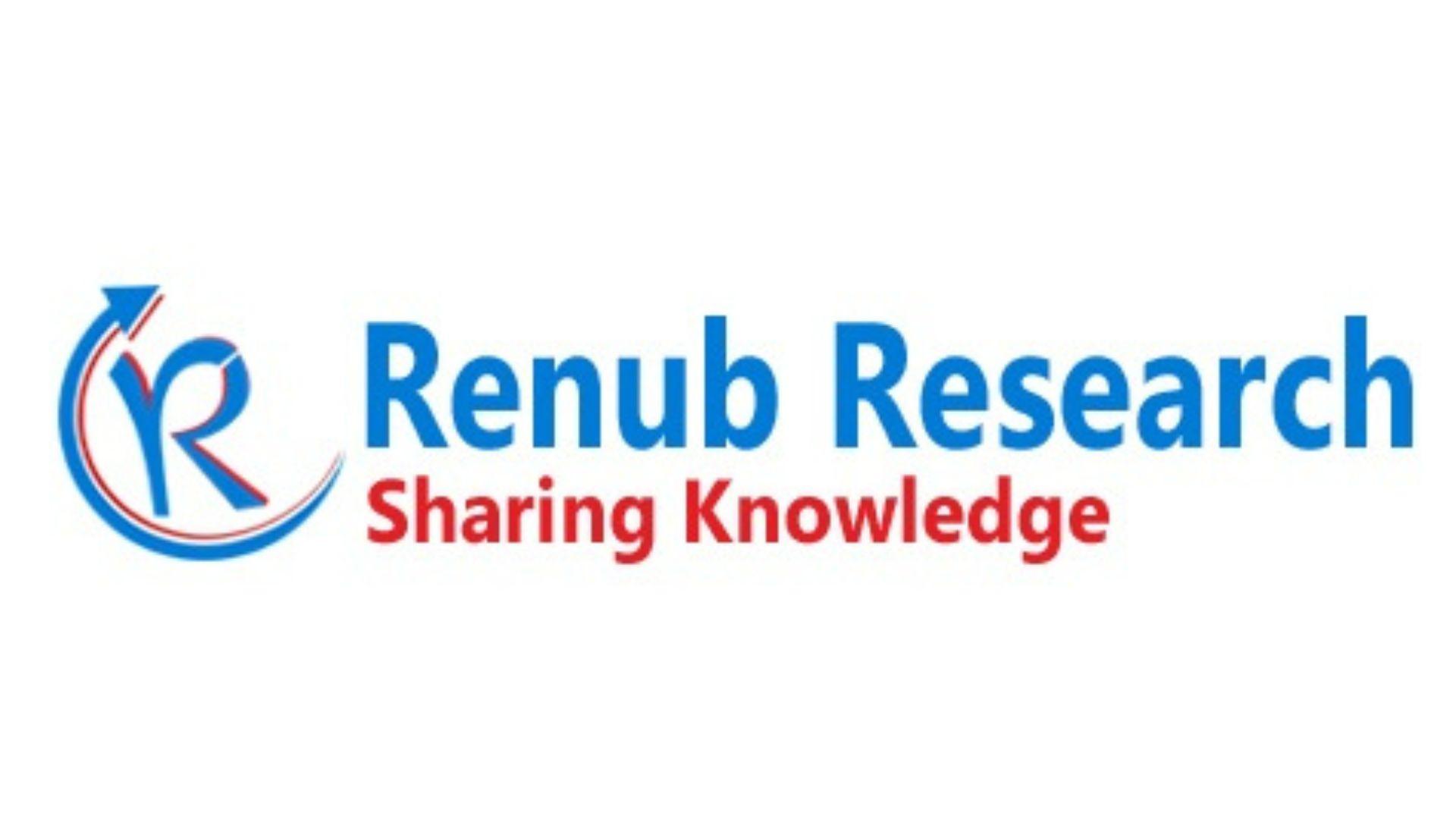Infant Phototherapy Device Market Trends & Summary
The global infant phototherapy device market was valued at US$ 99.95 million in 2024 and is expected to reach US$ 140.92 million by 2033, growing at a CAGR of 3.89% from 2025 to 2033. The growth of this market is driven by the rising prevalence of neonatal jaundice, advancements in phototherapy technology, and increasing healthcare awareness among parents and healthcare providers.
The market report covers segmentation by light source (fluorescent lamps, light-emitting diodes, quartz halogen lamps, gas discharge tubes), configuration (mobile and fixed devices), end user (hospitals and neonatal clinics), as well as country-level analysis and company profiles for 2025–2033.
Full Access Report:https://www.renub.com/infant-phototherapy-device-market-p.php
Market Outlook
Infant phototherapy is a widely used treatment for neonatal jaundice, a condition caused by excessive bilirubin levels in newborns. Bilirubin is a yellow pigment formed during the breakdown of red blood cells. When a neonate’s liver cannot process bilirubin efficiently, it accumulates, causing jaundice. Untreated severe jaundice can lead to complications such as kernicterus and brain damage.
Phototherapy works by exposing the baby’s skin to specific wavelengths of light, usually blue or green, which converts bilirubin into a water-soluble form that can be excreted in urine or stool. Recent advancements, particularly in LED-based systems, have improved treatment efficiency, reduced energy consumption, and allowed more precise targeting of light wavelengths.
Key Growth Drivers
Rising Prevalence of Neonatal Jaundice
The increasing global incidence of neonatal jaundice is a major factor driving the market. The condition affects a large number of newborns, especially in regions with high birth rates and limited access to healthcare. Effective phototherapy is essential to prevent complications. For example, China, with 9.02 million births in 2023, has relaxed its family planning policies, leading to higher birth rates and rising demand for neonatal healthcare solutions, including phototherapy devices.
Technological Advancements in Phototherapy
LED-based phototherapy devices are more energy-efficient, durable, and precise, improving treatment outcomes. Their compact and portable designs make them suitable for low-resource or remote settings. Continuous innovation, such as the NeoLight Skylife Neonatal Phototherapy System (Nov 2024), which offers group purchasing agreements for cost reduction, is expected to further accelerate market growth.
Increased Investment in Neonatal Care
Developing countries are investing in neonatal healthcare infrastructure to reduce infant mortality. Public and private initiatives aim to make advanced phototherapy devices more accessible in hospitals, clinics, and remote regions. Educational programs and awareness campaigns, such as the Paediatric Neuroimaging Group’s animations for premature infants (Feb 2024), further support market growth.
? Want to explore detailed market trends, segment insights, and forecasts? ? Request Sample Report:https://www.renub.com/request-sample-page.php?gturl=infant-phototherapy-device-market-p.php
Market Challenges
High Cost of Devices
Advanced LED phototherapy systems have high upfront costs, making them less accessible for healthcare facilities in low-income countries. Maintenance and operational expenses add to financial constraints, limiting widespread adoption.
Limited Access in Rural Areas
Many rural regions lack adequate neonatal care facilities, resulting in poor access to phototherapy treatment. Challenges include shortages of skilled personnel, limited infrastructure, and logistical difficulties. Improving rural healthcare systems is essential to bridge this gap.
Segment Analysis
By Light Source
· Fluorescent Lamps: Traditional, cost-effective, but with shorter lifespans and higher energy consumption.
· Light Emitting Diodes (LEDs): Efficient, long-lasting, and precise, increasingly replacing older technologies.
· Quartz Halogen Lamps: High-intensity light for short-term treatment but generate heat, posing a risk of thermal injury.
· Gas Discharge Tubes: Less common, used in specialized applications.
By Configuration
· Mobile Devices: Portable, suitable for home or remote care, easy for healthcare providers and parents to use.
· Fixed Devices: Installed in hospitals or neonatal clinics, providing continuous and reliable treatment.
By End User
· Hospitals: Major consumers due to high patient volume and advanced infrastructure.
· Neonatal Clinics: Specialized centers with trained staff, enhancing access to quality care, particularly in urban areas.
Regional Insights
· United States: Leads the market due to advanced healthcare infrastructure, high awareness of neonatal jaundice, and adoption of home-based phototherapy solutions. NeoLight Skylife (Nov 2024) achieved a group purchasing agreement with Premier, Inc. for wider access.
· France: A mature healthcare system with government support for neonatal programs drives steady adoption of advanced devices.
· India: Rapid growth driven by high birth rates and increased awareness; urban centers have superior facilities, while rural healthcare is improving. Amrita Hospital, Faridabad (Jan 2024) established a Mother-Neonatal Intensive Care Unit (M-NICU) following WHO guidelines.
· Saudi Arabia: Expansion fueled by government investment in neonatal healthcare infrastructure and increasing use of cutting-edge phototherapy technologies.
Key Players
Market coverage includes company overview, product portfolio, recent developments, and revenue analysis. Key players include:
1. Ningbo David Medical Device Co., Ltd
2. Koninklijke Philips N.V.
3. General Electric Company
4. Inapiration Healthcare Group Plc
5. Drägerwerk AG & Co. KGaA
6. Ibis Medical Equipment and Systems Pvt Ltd.
7. Weyer GmbH
8. Natus Medical Incorporated
? For deeper analysis, detailed segment data, and company insights: ? Request Customization Reporthttps://www.renub.com/request-customization-page.php?gturl=infant-phototherapy-device-market-p.php
Conclusion
The infant phototherapy device market is expected to witness steady growth through 2033, driven by rising neonatal jaundice cases, technological advancements, and investments in healthcare infrastructure. LED-based and portable devices are emerging as the preferred solutions due to efficiency, safety, and ease of use. While high costs and limited rural access remain challenges, initiatives to expand neonatal care facilities and improve affordability are expected to enhance market penetration globally.
By 2033, the market is projected to reach US$ 140.92 million, reflecting increasing adoption of advanced phototherapy solutions in hospitals, neonatal clinics, and home-based care, ensuring improved treatment outcomes for newborns worldwide.
Note: If you need details, data, or insights not covered in this report, we are glad to assist. Through our customization service, we will collect and deliver the information you require, tailored to your specific needs. Share your requirements with us, and we will update the report to align with your expectations.



